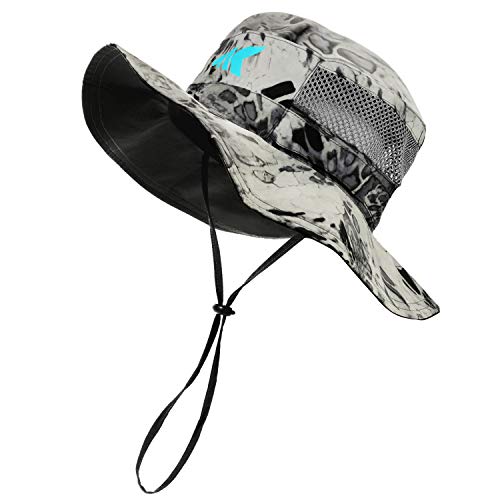Walleye Fishing Guide: Techniques, Tips, and Insights
Walleye Fishing Guide
Walleye fishing is a beloved pastime for many anglers due to the challenge and reward of catching this elusive and tasty fish. In this comprehensive guide, we will delve into everything you need to know to become a successful walleye angler, from understanding their behavior to the best equipment and techniques to use. Whether you’re a seasoned fisherman or a beginner, this guide will provide you with valuable insights and tips to enhance your walleye fishing experience.
Understanding Walleye Behavior and Habitat
Walleye Characteristics
Walleye (Sander vitreus) are known for their distinctively large, glassy eyes that are well-adapted for low-light conditions. This adaptation makes them proficient nocturnal hunters. They have olive to golden bodies with a white belly, and their dorsal fins are spiny, which aids in protection against predators.
Preferred Habitat
Walleye are typically found in freshwater lakes, rivers, and reservoirs. They prefer clear, cool, and deep waters with rocky or sandy bottoms. During the day, walleye tend to stay in deeper water and move to shallower areas to feed during dusk and dawn. Understanding these patterns is crucial for planning your fishing trips.
Best Times and Seasons for Walleye Fishing
Seasonal Patterns
- Spring: Walleye spawn in the spring when water temperatures reach around 45-50°F. During this time, they can be found in shallow waters near shorelines, river mouths, and rocky reefs.
- Summer: As the water warms, walleye move to deeper waters to stay cool. Look for them around underwater structures like drop-offs, weed edges, and submerged points.
- Fall: Cooler temperatures bring walleye back to shallower waters. This is a prime time for fishing as they feed heavily to prepare for winter.
- Winter: Ice fishing for walleye is popular in northern regions. They are less active but can be found in deep water near structures.
Daily Activity
Walleye are most active during low-light periods, such as early morning and late evening. Night fishing can also be highly productive due to their nocturnal feeding habits.
Essential Walleye Fishing Gear
Rods and Reels
A medium to medium-heavy spinning rod, 6 to 7 feet in length, paired with a spinning reel, is ideal for walleye fishing. This setup provides the sensitivity needed to detect light bites and the strength to handle larger fish.
Line
Use a monofilament or fluorocarbon line with a test strength of 6-12 pounds. Fluorocarbon lines are preferred for their low visibility underwater, which can be crucial for wary walleye.
Lures and Baits
- Jigs: One of the most effective lures for walleye. Tip the jig with live bait like minnows or artificial soft plastics.
- Crankbaits: Great for covering a lot of water quickly. Use them to mimic small fish and attract walleye.
- Spinner Rigs: Often used with live bait, spinners create flash and vibration that draw in walleye from a distance.
- Live Bait: Minnows, leeches, and nightcrawlers are all excellent choices for walleye. Rig them on a simple hook or jig for best results.
Advanced Walleye Fishing Techniques
Jigging
Jigging involves lifting and lowering the bait to mimic the movement of prey. Use short, sharp movements to attract walleye and pause periodically to entice a strike.
Trolling
Trolling allows you to cover large areas of water efficiently. Use crankbaits, spinner rigs, or bottom bouncers to maintain the bait at the desired depth.
Slip Bobber Fishing
This technique is effective for presenting live bait at a specific depth. Adjust the bobber stop to control the depth and use it in areas with structures or drop-offs.
Tips for Successful Walleye Fishing
- Patience is Key: Walleye can be finicky and may require time to bite. Be patient and persistent.
- Pay Attention to Weather: Overcast days and windy conditions can improve walleye fishing as they reduce light penetration and increase walleye activity.
- Use Electronics: Fish finders and sonar can help locate schools of walleye and underwater structures.
- Stay Mobile: If you’re not getting bites, don’t hesitate to move to a different spot. Walleye can be scattered, and finding an active school can make all the difference.
Conclusion
Walleye fishing is a rewarding activity that combines skill, patience, and knowledge. By understanding walleye behavior, using the right gear, and employing effective techniques, you can increase your chances of a successful and enjoyable fishing trip. Remember to respect local regulations and practice sustainable fishing to preserve this valuable resource for future generations.
































